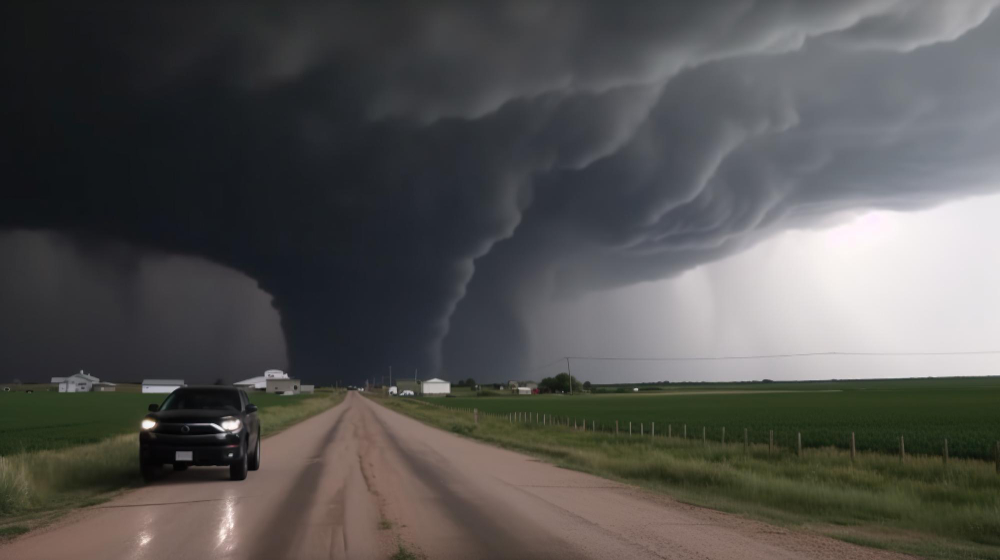#1: Create an Emergency Plan
During tornado season or if you live in a tornado-prone area, it’s essential to have a well-prepared emergency plan in place. This plan should include designated safe areas in your home or workplace and a communication strategy for your family or colleagues. Make sure everyone knows the plan and understands the necessary actions to take during a tornado.
#2: Stay Informed
Regularly monitor weather forecasts and alerts from reliable sources such as local news channels, weather apps, or the National Weather Service. Stay updated on tornado watches (conditions favorable for tornado formation) and tornado warnings (a tornado has been spotted or indicated by radar) in your area. Act promptly and take immediate action when a tornado warning is issued.
#3: Seek Shelter
When a tornado warning is issued or if you observe the signs of an approaching tornado, seek shelter immediately. Move to the lowest level of your building, preferably a basement if available. If a basement is not an option, find a small, windowless interior room or hallway on the lowest floor. Stay away from windows and exterior walls.
#4: Take Cover
Once you have found a safe location, protect yourself by covering your head and neck with your arms. If possible, use a mattress or heavy blankets to shield yourself from flying debris. Put on sturdy shoes to protect your feet in case of debris on the ground.
#5: Stay Connected
Keep a battery-powered weather radio or a fully charged mobile phone with you in your safe area. This will allow you to receive updates and emergency information even if the power goes out. Avoid using landline phones during a tornado as they can pose a safety risk.
#6: Remain Calm and Patient
Tornadoes are unpredictable and can be terrifying, but it’s crucial to stay calm and patient. Listen for updates and instructions from local authorities and follow their guidance. Avoid going outside or leaving your safe area until the storm has completely passed and the all-clear is given.
#7: Assist Others if Safe
If it is safe to do so, help those who may require assistance, such as children, the elderly, or individuals with disabilities. Be mindful of your own safety and use caution when providing aid to others.
#8: After the Storm
Once the tornado has passed and it is safe to emerge from your shelter, be cautious of potential hazards such as downed power lines, damaged structures, or debris. Only leave your safe area if you are certain it is safe to do so.
By following these numbered steps, you will be better prepared to navigate the challenges posed by a tornado. Remember, your safety should always be the top priority. Stay informed, stay vigilant, and stay safe during tornado events.
